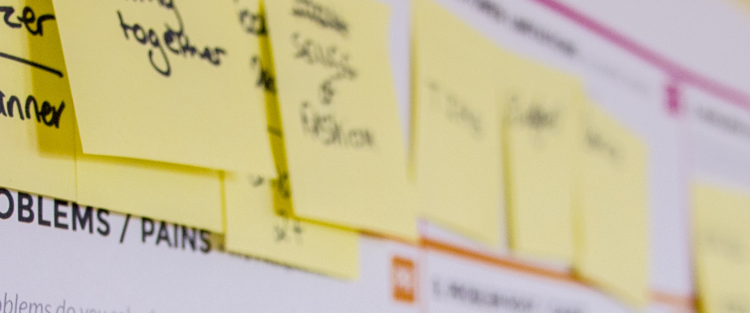Organisations embracing UX are more successful, but face significant obstacles to make this function operate effectively. Three major tensions hold them back:
1. Modern non-linear development flows cause problems between agencies and businesses
2. External or hard-pressed UX departments aren’t fully engaged in creative processes
3. Businesses need to make structural and attitudinal changes to make UX work
A gap is growing between companies that embrace UX, and those that don’t. A recent McKinsey research study found that companies that embrace UX outperform at nearly twice the rate of their industry counterparts. But most organisations have procedures, methods and workflows that were never built with UX in mind—adapting them to embed the rapidly-evolving field of UX is never simple. When companies decide to commit to UX, they face some difficult choices.
This two-part series shares our professional analysis of these choices. Part one clarifies the three tensions businesses face, while Part two reviews the choices in greater detail, helping to inform your decision.
Tension 1: Processes disrupt relationships
Organisations that commit to a UX-centred approach face a very modern contradiction. Product teams need to work at a faster pace, in a more agile and iterative way. But the agencies they so often contract to provide UX & Design services need a scope of work; they require a schedule, a process, a specification.
This is the tension that affects so many organisations. Contracting third-party agencies for a predictable outcome through a standardised process has almost become obsolete when it comes to agile processes. Linear, ‘waterfall’ workflows either slow down the development process, or disrupt the agency’s schedule and bottom line.
Tension 2: Distance destroys spontaneity
Organisations that understand UX know that it should be incorporated as early as possible. This means that the product in question may only be hypothetical, and still subject to experimentation. It may be in the early stages of research and development as teams begin to understand the target audience, product concept and business model.
The tension arises from using a UX team who is external, or an internal team too small and inexperienced to keep up. They miss out on the internal dynamics of the group; the project discussions, ad hoc meetings and brainstorming—the spontaneous sparks of collaboration and inspiration.
Tension 3: Lack of commitment undermines change
Let’s not forget that for many professionals, UX is a foreign land. They understand its importance to business, and how it can improve development. They are committed to building a relationship with an agency, possibly creating or improving an in-house UX function. But these decisions don’t change their business overnight—a host of other variables must make the commitment to change, too.
Building a strong user-centred approach is challenging. It requires more than a new team on the job. It’s a company-wide commitment, one that requires organisational, structural and attitudinal changes.
How are businesses attempting to resolve these tensions?
Our senior consultants have extensive experience across both client and agency sides. This gives us the benefit of deeper insight into these three tensions. Since we opened our doors in 2008, we’ve seen two methods evolve as organisations embed UX into their work.
In Part Two of this article, we’ll review the pros and cons of each method, so you can decide which is the most effective fit for you.

